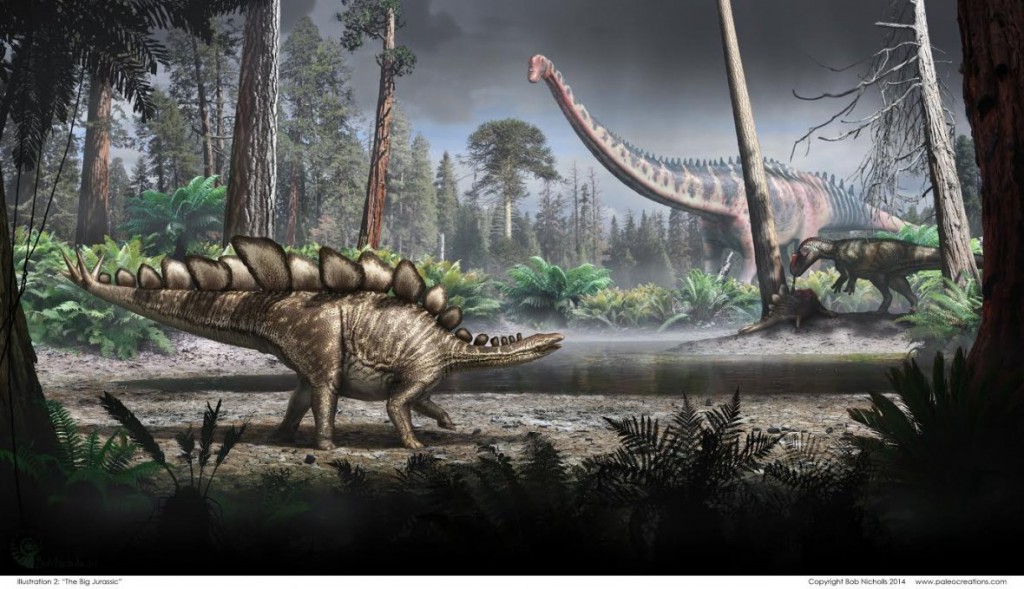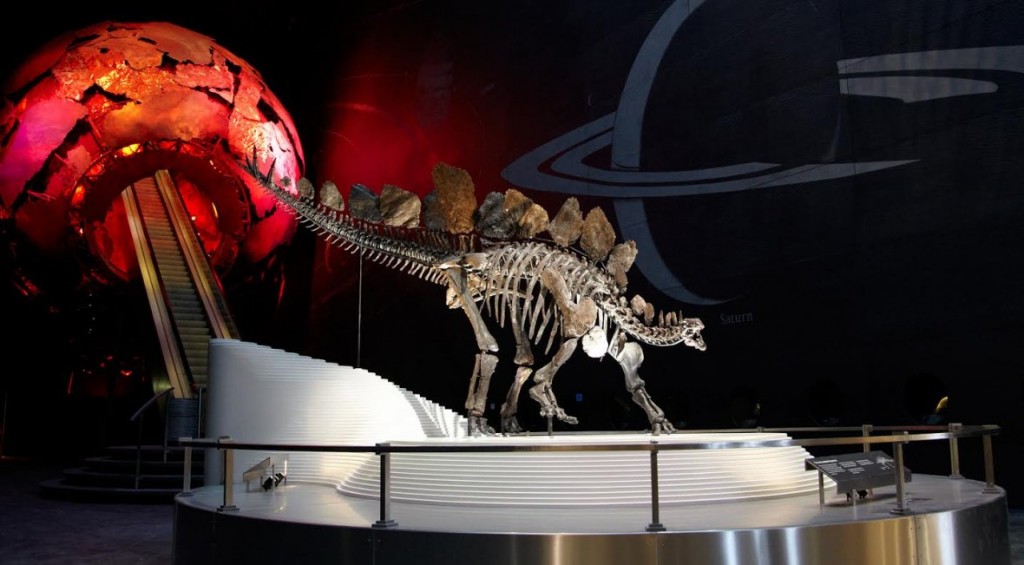In a rare turnout of events, scientists discovered that the digital calculation arrived at for a given ancient dinosaur tallied with what was earlier obtained through a traditional method of calculating her actual weight and body mass index. Paleontologists at the Natural History Museum of London found that 150 million-year-old Stegosaurus stenops, nicknamed Sophie measured […]
In a rare turnout of events, scientists discovered that the digital calculation arrived at for a given ancient dinosaur tallied with what was earlier obtained through a traditional method of calculating her actual weight and body mass index.
Paleontologists at the Natural History Museum of London found that 150 million-year-old Stegosaurus stenops, nicknamed Sophie measured 3,527 pounds in weight using digital calculation method, just tallying with the same size obtained when traditional weight measurements were used.
Sophie was put out for exhibition in 2014, and is one of the rare dinosaurs with almost all her skeletons complete and fitted together. Scientists had always used thigh bones and upper arms of dinosaurs’ fossils to estimate their actual weight – and this gave a rough estimate, but Sophie had all her 360 bones complete.
These skeletal pieces were digitized using a 3-D scanning to measure her weight by volume – and later translated into mass for comparisons with living animals, the researchers found that the obtained 3,527 pounds weight was consistent in both digital and traditional methods adopted. The scientists were glad they could cross-check two methods of weight estimation to derive the weight and volume of the same skeleton and arrive at the same answer.
Their study was published Wednesday in the journal Biology Letters.
Considering that the traditional method of weight estimation initially produced a weight estimate nearly twice what was obtained by the new method – and against the background that Sophie had died in her youth when she was still growing, the researchers then adjusted their calculations to meet this new realization.
When people asked the relevance of calculating the weight of a dead and extinct dinosaur, Charlotte Brassey of the Natural History Museum and the lead author paleontologist replied: “If we want to estimate how fast an animal runs, you need body mass; if you want to say something about their metabolism, you need to know their body mass.”
Brassey is now tasked with adding muscles to the digital scan of Sophie’s skeleton, with a view to creating a simulation of how the ancient and extinct animal must have lived in its own time.



Leave a Reply